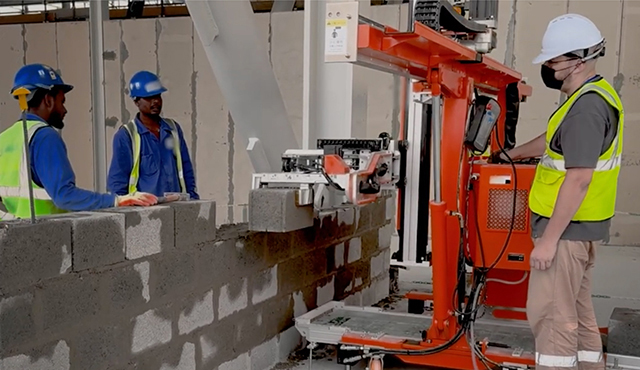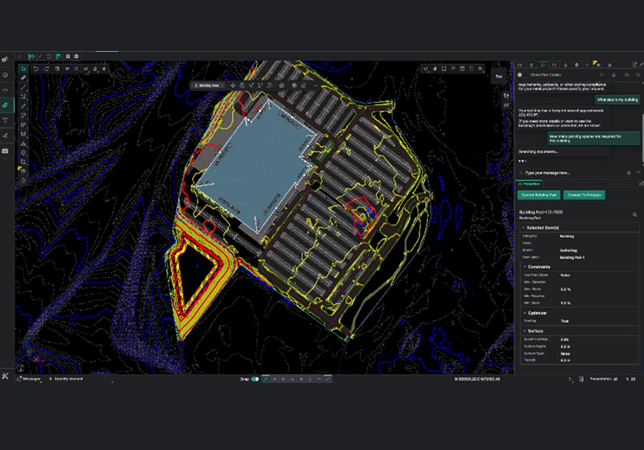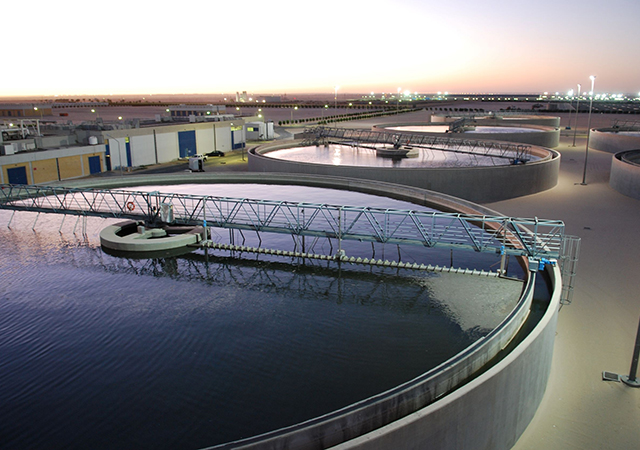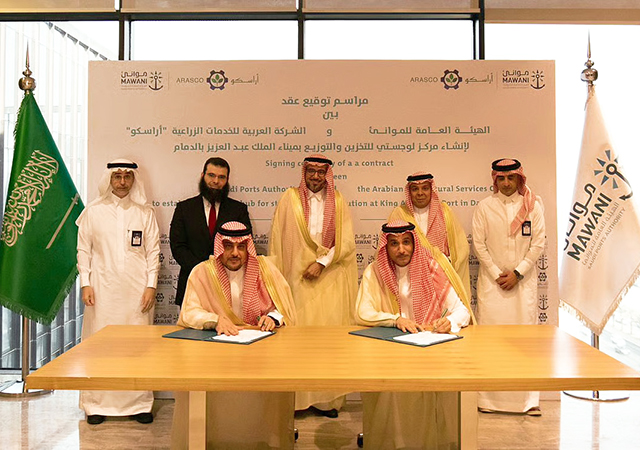
BALANCING functional requirements with aesthetics is one of the most important considerations in the interior fit-outs of a commercial office. However, there is another important factor that cannot be overlooked today – helping to create a sustainable building.
According to a new report released by the commercial real estate group CBRE, green building ‘has spread like wildfire through America’s commercial property market in less than a decade’.
The study – The National Green Building Adoption Index for 2014, produced by CBRE in partnership with Masstricht University – found that adoption of green building standards by the commercial property sector in the US has surged since 2005, with the growth having become particularly pronounced at the turn of the decade. In less than 10 years, Leed (Leadership in Energy and Environmental Design) certification has leapt from a negligible percentage of commercial buildings – under 0.5 per cent in 2005 – to five per cent at present.
Leed is a green building certification programme that recognises best-in-class building strategies and practices. To receive this certification, building projects must satisfy prerequisites and earn points to achieve different levels of certification.
A high Leed rating can help make properties stand out from the crowd to gain early rental. Leed has become a driver in the GCC, along with new green building codes for the region, for optimising designs and responsible sourcing of materials.
Making an informed decision when it comes to responsible sourcing has, however, become even more complex. The marketplace we work in has been exposed to a huge amount of green product hype over recent years. What has become a necessity, therefore, is the verification of environmental claims from manufacturers.
An environmental product declaration (EPD) is an ISO 14025 standardised report of data collected in the life cycle assessment (LCA) as specified by the product category rules (PCR) that are laid down. As this is an internationally recognised standard, it’s a good starting point for reference.
EPDs have become a key consideration when designers and clients need to make a comparison as to the environmental performance of two or more similar products before specifying a solution. Importantly, they are also included in Leed version 4 (Leed V4), in the new criteria for the materials and resources category.
British interior products manufacturer SAS International’s EPDs were originally assessed by the engineering and design consultancy Atkins in 2012. Across its entire range of suspended ceiling solutions, 15 individual ISO 14025 EPDs were gained, covering more than 145 different grid and acoustic backing options.
The entire life cycle from cradle to end-of-life was assessed which included raw materials, transport to factory, manufacturing and delivery to multiple global sites (the UK, Europe, the Middle East and Australia). This LCA – considering the entire life cycle of a product solution from cradle to grave – is critical for a comprehensive assessment.
Yet even with EPDs, there have been some ‘greenwash’ issues.
In the past, manufacturers would often get EPDs completed in accordance with general raw materials only (not LCAs), or through specialist product associations.
That has meant individual EPDs on specific ceiling products, for example, over the entirety of their life cycle were not widely available. In turn, this made full environmental impacts much harder to determine clearly, on a case-by-case basis.
For EPDs to gain market-wide acceptance, it must be demonstrated that the data and other environmental information provided in the EPD are reliable and trustworthy.
Here, independent verification is the answer. If the underlying data, the data handling and the EPD itself is subject to independent verification, by an approved verifier, this provides the necessary reassurance. Third-party verification can show that data was collected in accordance with the applicable PCR, and meets all ISO requirements.
Providing additional transparency on product declarations, independently-verified EPDs mean customers benefit from a simpler reference point for more informed decision-making.
With independently verified EPDs, specifiers can then gain a genuine view of how sustainable a solution really is. This view is not only based on the clearly-defined rules that the rigour of an ISO brings, but in the knowledge that the EPD produced has also been subject to separate scrutiny by a third party.
Without any changes to a product’s raw materials, an EPD remains valid for five years and the information it includes enables customers to understand the full environmental impacts. If manufacturers can provide independent verification of the EPD, it should make it much easier for specifiers to select truly sustainable solutions going forward.








.jpg)




.jpg)




























.jpg)
































